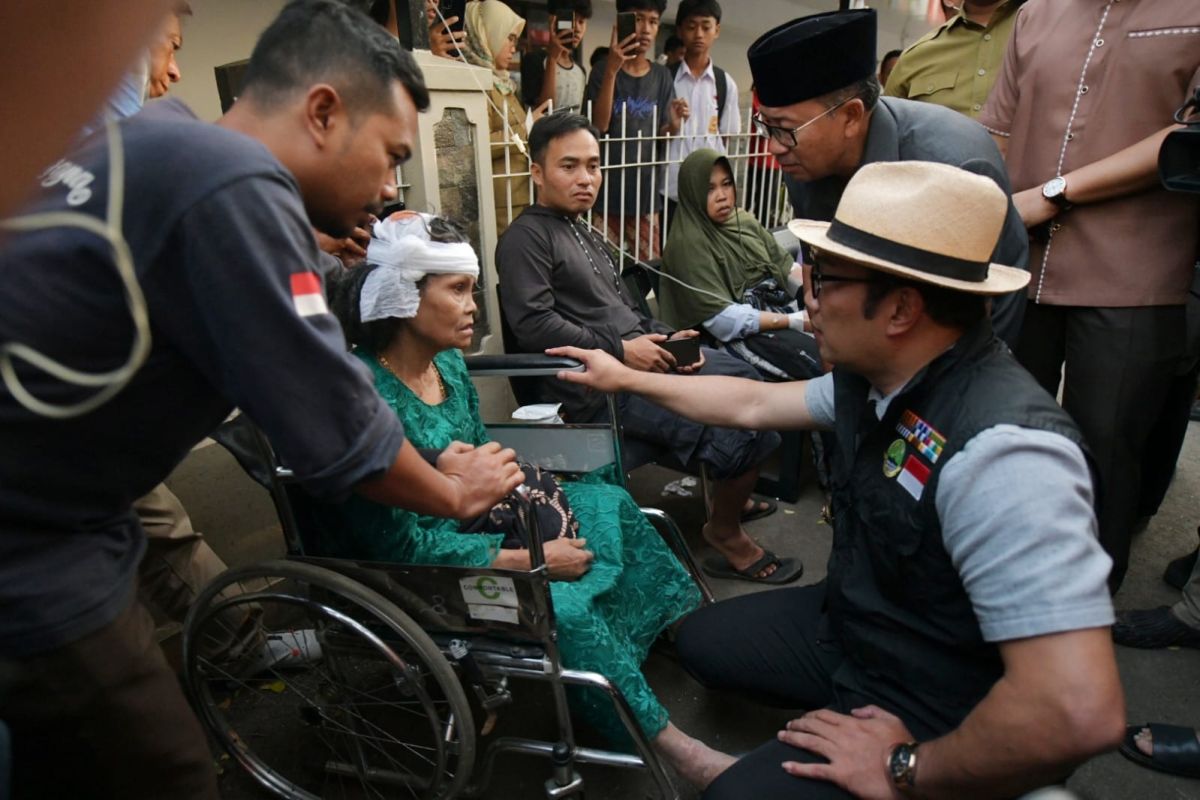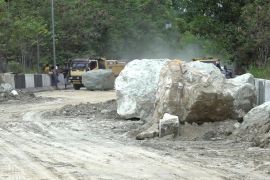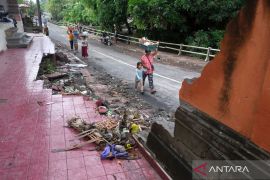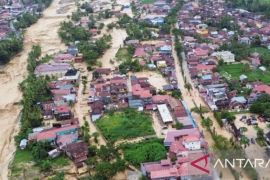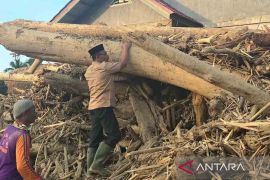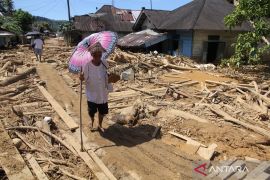Mitigation includes efforts to reduce the risks of disaster, as stipulated in Law Number 24 of 2007 on Disaster Management.
The earthquake that hit Cianjur District on Monday caused tremendous damage.
According to data from the National Disaster Mitigation Agency (BNPB), as of Thursday (November 24), the earthquake had claimed at least 272 lives and damaged 22,198 houses.
The large number of casualties as well as the damage to houses and infrastructure in the quake have highlighted that disaster mitigation in the area is not yet maximal.
Moreover, the large-scale damage to residences has indicated that the homes were built without much thought to earthquake resistance principles, as stipulated by the Ministry of Public Works and Public Housing (PUPR).
In addition, following the earthquake, many residents, such as residents of Gasol Village, Cugenang, Cianjur lDistrict, West Java, were forced to evacuate to locations with inadequate facilities.
The lack of permanent evacuation locations to accommodate evacuees when a disaster occurs indicates that earthquake mitigation in Cianjur district is not yet well-planned.
According to the website of the Regional Disaster Mitigation Agency (BPBD) of Karanganyar District, Central Java, there are several disaster mitigation measures that can be taken before an earthquake occurs, such as constructing buildings in accordance with standard rules (that is making earthquake-resistant buildings) and identifying the locations of buildings where residents live.
The measures also include arranging furniture in proportional places; preparing equipment such as flashlights, first aid, and instant food; checking electricity and gas usage; readying important telephone numbers; and identifying evacuation routes.
The dissemination of information regarding disaster mitigation would also need to be carried out starting from the lowest level, namely families and neighborhoods.
In response to the Cianjur earthquake, an earthquake expert from Bandung Institute of Technology (ITB), Irwan Meilano, said that the main concern lies with the central, provincial, and regional governments.
They need to remain vigilant given the region’s potential for earthquakes.
Thus, spatial planning and development in each region must be adjusted to the geological structure and pay close attention to the distance from the earthquake source.
In addition, awareness about their living in an earthquake-prone area needs to be built among residents so that mitigation can be conducted.
According to Meilano, when an earthquake occurs, there is a golden or crucial period for carrying out evacuations—usually an average of 30 minutes after the earthquake.
The only thing that can be done after a disaster occurs is to provide the best response.
Indonesia must learn from Japan in making the most of the golden period.
To this end, emergency hospitals, temporary evacuation sites, water, and good sanitation facilities must begin to be prepared now.
If the measures and steps that must be prepared for future disasters are overlooked, it is possible that the people who survived this time will be the next victims if the disaster strikes again.
In addition, the government must pay great attention to active faults in Java, which have the potential to cause disasters.
This needs to be done considering that researchers have found that many active faults cross densely populated areas in Java.
For example, there is the Lembang fault, which is located about 10 kilometers north of Bandung, with the mapped fault length reaching up to 22 kilometers.
Literacy regarding disasters is still an urgent task for Indonesia. In addition, community security, which is considered to be weak, also needs to be built.
Thus, the Cianjur earthquake can serve as a momentum to start implementing mitigation strategies holistically.
After a quake
There are several essential things that relevant parties, such as regional governments, must prepare for following an earthquake.
One of them is the reconstruction of damaged homes and making them disaster-proof, or the construction of homes in areas that are less impacted by shocks. For that, a deeper study is needed.
If houses are built at the same location, it must be ensured that the location is not in an area where the fault may trigger another earthquake.
It is also vital to relocate residents of buildings that are located on the earthquake fault line because even a good building structure would not be enough to help them withstand earthquake shocks.
Blueprint for disaster resilience
Last year, the provincial government of West Java prepared a blueprint for building a disaster-resilient culture in West Java.
This culture is planned to be instilled in all residents in the province, starting early from school education up to the stage of training.
According to the Governor of West Java, M. Ridwan Kamil, the idea is to instill a culture of disaster awareness in the community, like in Japan.
Under the blueprint, all parties are required to prepare for disasters using a multidimensional approach, which includes the provision of environmental education in schools.
The blueprint was presented by Governor Kamil during the Indonesia-Japan Environmental Week at the end of 2021.
Realizing the blueprint for disaster resilience is vital for minimizing the impact of natural disasters, such as earthquakes, which often cannot be predicted.
Related news: Minister Sumadi provides social aid to Cianjur quake refugees
Related news: Ministry sends aid worth Rp2.69 billion for Cianjur quake victims
Editor: Rahmad Nasution
Copyright © ANTARA 2022
